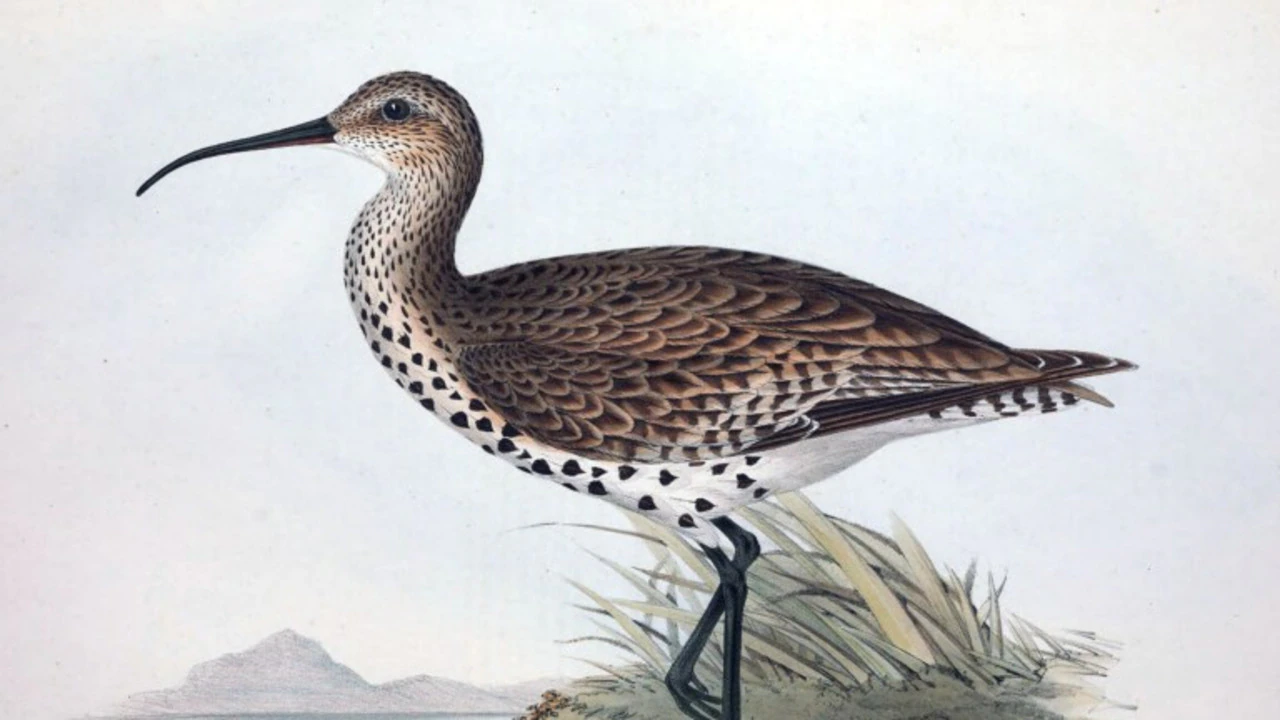Copyright news

While other migratory birds have become extinct, those commonly only spanned a single continent, making this particular extinction a major loss. The slender-billed curlew was declared extinct by the International Union for Conservation of Nature (IUCN), although its extinction was recorded as highly probable last year. Prior to extinction, the slender-billed curlew would breed in western Siberia and the Kazakh Steppe, and commonly wintered in the Mediterranean. Its migratory patterns included Europe, North Africa, and the Middle East. The last known picture of a slender-billed curlew was taken in 1995 at Merja Zerga, on the coast of Morocco. Their extinction likely occurred around the same time. “The extinction of the slender-billed curlew is a tragic and sobering moment for migratory bird conservation,” Amy Fraenkel, executive secretary of the Convention on the Conservation of Migratory Species of Wild Animals, said in a statement. “It underscores the urgency of implementing effective conservation measures to ensure the survival of migratory species.” Why did the slender-billed curlew become extinct? Known as a “wader” or a “shorebird”, the slender-billed curlew inhabited wetlands like peatbogs. The drainage of wetlands would have led to the loss of breeding sites for the species, which was a ground-nesting bird. While signs of decline for the species were documented as early as 1912, the slender-billed curlew wasn’t classified in the high conservation category until 1988. “We arguably spent too much time watching the bird’s decline and not enough actually trying to fix things,” said Geoff Hilton, a UK-based conservation scientist for the charity Wildfowl & Wetlands Trust. “Although that’s easy to say: it’s not clear what really we could have done that would have made a difference.” Conservation efforts were also reportedly difficult due to the lack of information about its distribution and ecology. Hunting of the slender-billed curlew also occurred in countries across its migratory route. What does this mean for migratory birds? Birds that live and breed in similar habitats are also seeing a decline in their numbers. Some similar high-risk species include the northern lapwing, the redshank, the common snipe, and the oystercatcher, all of which rely on coastal areas, marshes or boggy grasslands for nesting and ongoing survival. Closer to home, the Far Eastern Curlew is also an endangered species, and is included on the IUCN Red List. The wader bird isn’t native to Australia, given it’s a migratory bird, but it spends the non-breeding season scattered across our coast. However, Far Eastern Curlew numbers have declined by 81 per cent in Australia over the past three decades, according to the East Asian and Australasian Flyway Partnership.



